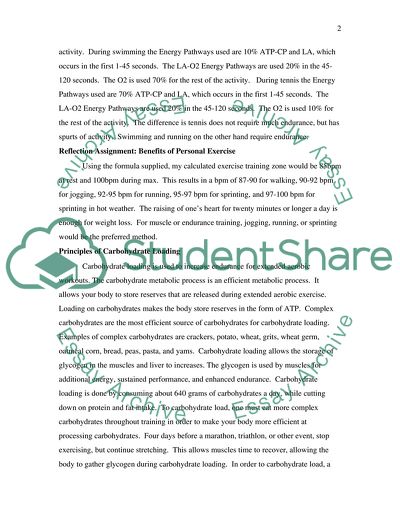Cite this document
(“Physical Activity and Energy Pathways Coursework”, n.d.)
Physical Activity and Energy Pathways Coursework. Retrieved from https://studentshare.org/health-sciences-medicine/1715419-unit-5-nw
Physical Activity and Energy Pathways Coursework. Retrieved from https://studentshare.org/health-sciences-medicine/1715419-unit-5-nw
(Physical Activity and Energy Pathways Coursework)
Physical Activity and Energy Pathways Coursework. https://studentshare.org/health-sciences-medicine/1715419-unit-5-nw.
Physical Activity and Energy Pathways Coursework. https://studentshare.org/health-sciences-medicine/1715419-unit-5-nw.
“Physical Activity and Energy Pathways Coursework”, n.d. https://studentshare.org/health-sciences-medicine/1715419-unit-5-nw.


